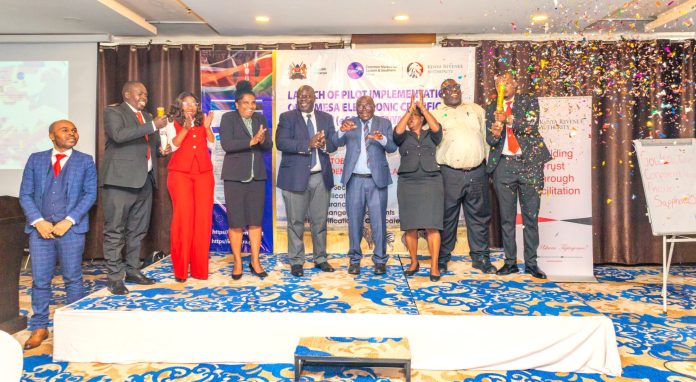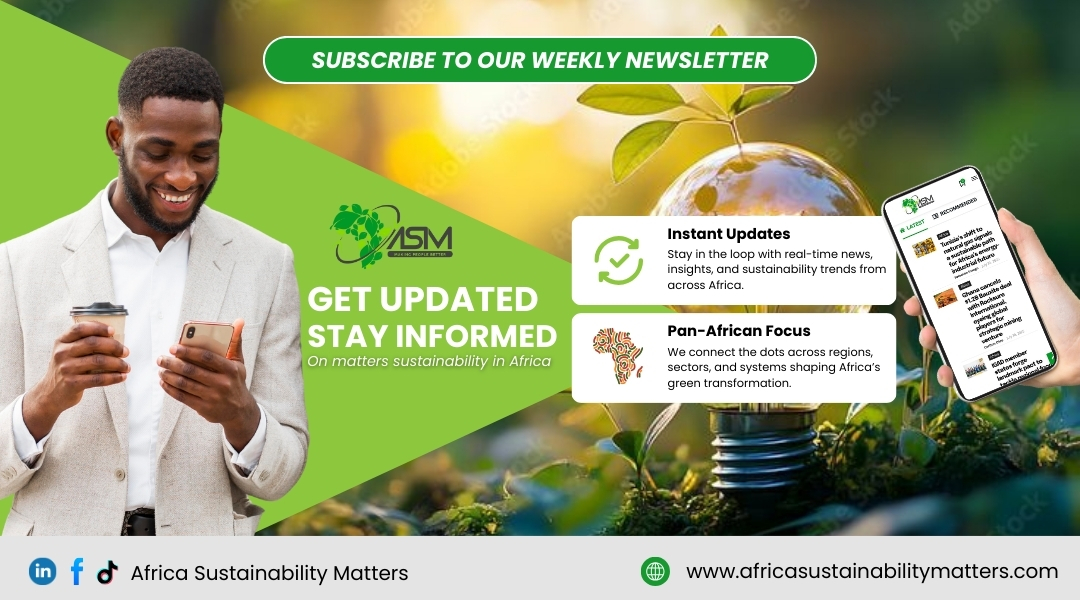Kenya and the COMESA Secretariat on 2 October 2025 launched the bloc’s electronic Certificate of Origin in Nairobi, a move designed to replace paper-based origin certification with a digital system that speeds up border clearance, reduces fraud, and aligns the region with the Digital Free Trade Area; officials said the reform will cut costs and make it easier for Kenyan exporters, and their COMESA counterparts, to claim tariff preferences across the continent.
Certificates of origin are the key that unlocks preferential tariffs under COMESA, the EAC and the AfCFTA; when that key moves from paper to secure data, trucks wait less, working capital turns faster, and customs officers on both sides of a border read the same record in real time. Kenya’s launch lands just days before the 24th COMESA Summit in Nairobi and positions the country as a regional node for a regime already being adopted by Eswatini, Malawi, Zambia and, from 1 August 2025, Zimbabwe, which stopped accepting paper certificates altogether. The centre of gravity is shifting to digital-by-default.

The baseline explains why this matters. On the World Bank’s “Trading Across Borders” metrics, a standard Kenyan export shipment still carried around 19 hours of documentary compliance and 16 hours of border compliance, with out-of-pocket costs of roughly US$191 and US$143 respectively as of the last published benchmark. Sub-Saharan peers often fare worse, and in some ports the time for border formalities exceeds 200 hours. In that context, removing one of the most frequently handled documents from the paper chain is not cosmetic; it targets a proven bottleneck.
The integration point is the COMESA Digital Free Trade Area. Kenya’s eCO connects national registries of approved exporters to a regional verification layer, so a customs risk engine in Lilongwe or Lusaka can interrogate an origin record issued in Nairobi without couriering a stamped form. That is how you translate speeches about regional value chains into shorter gate times at actual border posts. It is also how you build trust: electronic issuance closes the loopholes that allow origin fraud, misdeclaration of where a product was made, to creep into preference regimes. COMESA and national authorities have been explicit that the new rail is about efficiency and integrity in equal measure.
Read also: UNDP pushes for high-integrity carbon markets to unlock Africa’s climate finance potential
The macro lens is equally important. Formal intra-African trade came in at about US$192.2 billion in 2023, accounting for roughly 15% of the continent’s total trade, resilient growth in a tough year, but still a small share for a market of 1.4 billion people. Within East Africa, the EAC’s own reporting shows regional economic communities, COMESA among them, remain the leading destinations for its exports, with US$6.6 billion directed to COMESA partners in 2023. Documentation frictions are not the only reason the numbers are modest, but they are a reason, and among the cheaper to fix at scale.
There is a sustainability dividend that moves the eCO story beyond logistics. UN research estimates that fully digitizing end-to-end trade procedures can avoid roughly 32 to 86 kg of CO₂-equivalent emissions per transaction by eliminating paper, courier trips and repeated in-person visits. Multiply that across tens of thousands of preferential shipments within COMESA, tea out of Malawi, textiles from Nairobi to Lusaka, pharmaceuticals from Harare to Lilongwe, and a “paperwork” reform becomes a measurable mitigation tool. It is incremental, yes, but it is also immediate and replicable.
Read also: EU’s carbon border tax reforms set to redraw Africa–Europe trade dynamics ahead of 2026 rollout
The economics of time saved are straightforward for a manufacturer in Athi River sending finished leather to Harare under preferences. Before, a compliance officer gathered stamps, queued for signatures, and physically attached a certificate to the shipment. Now, the origin data is lodged electronically, and Zimbabwe Customs, already operating on a no-paper rule for COMESA certificates, can verify the claim from its single window. That trims uncertainty and reduces the chance that a truck is held because a document is smudged, missing, or stuck in a courier pouch 500 kilometres away. The same logic applies on the Mchinji–Mwami and Chirundu corridors as Malawi and Zambia scale their own eCO roll-outs.
Kenya’s move also nests neatly into its single-window reforms. Earlier digitalization through the Kenya TradeNet platform reduced steps and cut documentation and dwell times; the eCO now rides that existing rail rather than forcing traders into parallel queues. As more Partner Government Agencies integrate, the marginal gain from each additional digital document compounds, first at the desk, then at the gate.
Sceptics will ask whether one document can move the needle continent-wide. The broader evidence on trade facilitation says yes. The WTO estimates that full implementation of trade-facilitation commitments can reduce trade costs by an average of 14.3%, with the largest proportional gains in developing economies. Instruments like the eCO land precisely in the “formalities and automation” bucket that OECD analysis identifies as among the highest-impact measures for cost reduction. In other words, digitizing origin certificates is not a nice-to-have; it is one of the shortest routes to cheaper, faster trade.
Finally, the reform aligns with the payments plumbing that Afreximbank and the AU are wiring through the Pan-African Payments and Settlement System. As PAPSS links more central banks and commercial banks, 16 central banks and over 140 banks as of mid-2025, clearing a local-currency payment for a preferential shipment is becoming as digitized as the documents that authorize it. Matching digital papers with instant local-currency settlement is how you move from pilot projects to everyday practice for small firms that cannot afford delays.
The bottom line for Africa and for sustainability is concrete. Kenya’s eCO takes days-worth of paper chasing and turns it into verifiable data. That lowers costs for exporters, nudges intra-African trade up from its still-modest base, and removes a slice of avoidable emissions from cross-border commerce. It is not a silver bullet, but it is a clean, ready-to-use piece of the machine, and one that other member states can copy without waiting for perfect conditions.
Read also: AI takes center stage at AEW 2025 as experts warn Africa’s energy future hinges on digital readiness





